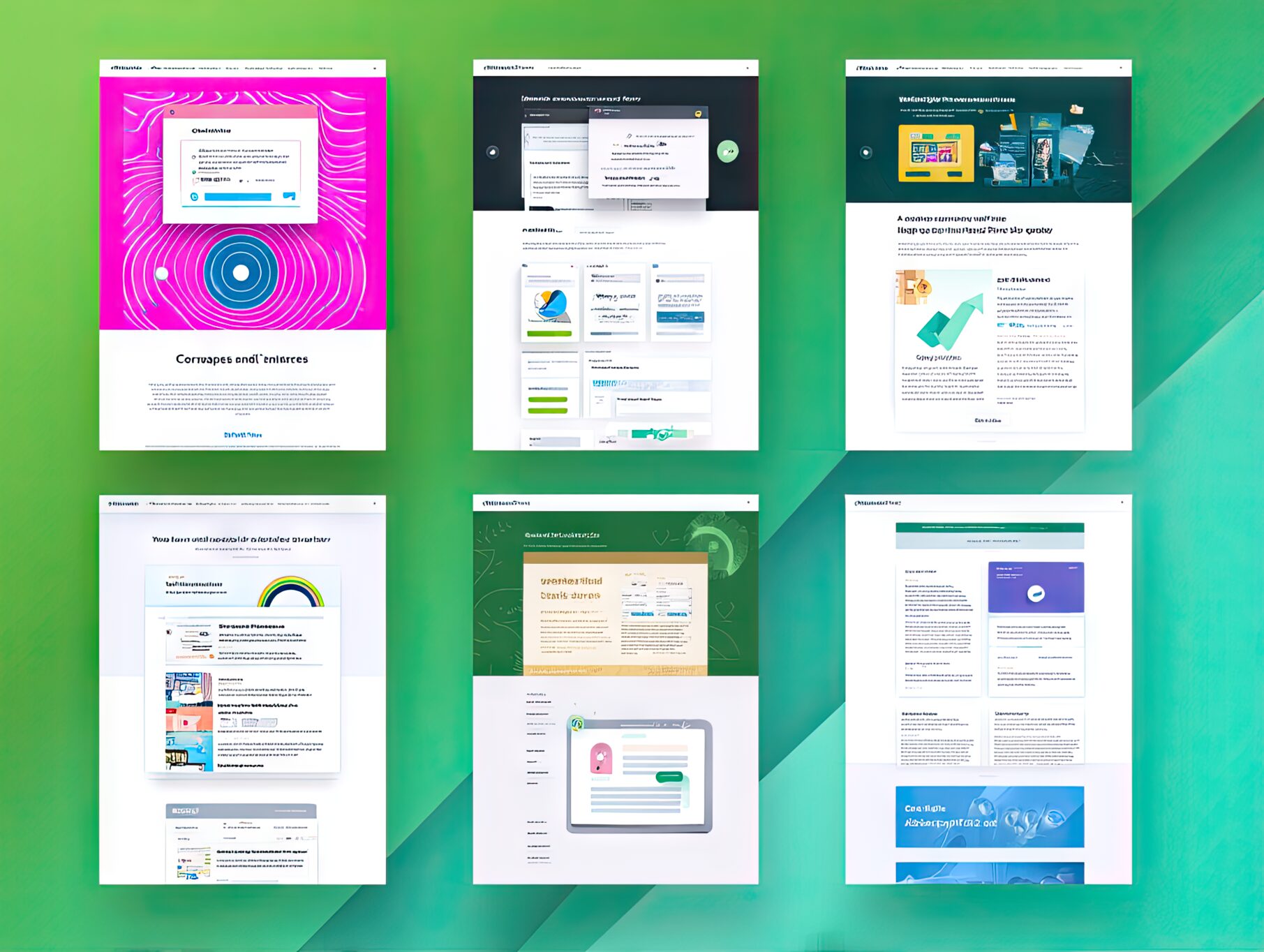In today’s saturated digital communication landscape, capturing user attention in a crowded inbox is more challenging than ever. With traditional email open rates and click-throughs on the decline, marketers are turning to more innovative strategies. Among the most promising: interactive emails. These dynamic, responsive messages do more than just display content—they empower recipients to engage, explore, and take action within the email itself.
Interactive emails aren’t just visually appealing. They’re also practical, efficient, and increasingly essential. These emails allow users to RSVP to events, complete surveys, browse product carousels, or even check out—all without clicking away from their inbox. By reducing friction in the user journey, they drive stronger engagement and higher conversion rates.
According to the Litmus State of Email Report 2023, interactive emails can boost engagement by up to 300% compared to static formats. As consumers seek fast, seamless, and personalized experiences, interactive email design is quickly becoming a critical asset in the modern marketer’s toolkit.
What Are Interactive Emails?
Interactive emails are HTML-based messages with built-in functionality that lets recipients take action without leaving the email interface. Common features include:
- Product image sliders and carousels
- Expandable/collapsible content sections (accordions)
- Interactive polls and rating tools
- Animated hover effects and buttons
- Embedded surveys and forms
- Add-to-cart functionality or booking tools
- Countdown timers and calendar invites

Unlike conventional emails that rely on external links to drive user actions, interactive emails create a streamlined, immersive experience directly within the inbox. Think of them as mini-web applications, delivering value quickly and intuitively.
By embracing interactivity, marketers can build deeper customer relationships, offering real-time access to deals, content, and services—all while reducing the number of steps required to engage. The result is not just better performance metrics, but stronger brand loyalty.
Benefits of Interactive Emails
1. Improved User Engagement
Interactive features make emails more tactile and enjoyable. Whether users are tapping through a product carousel or submitting feedback in a poll, these elements draw people in. Engaged readers spend more time with content, which improves brand recall and increases the likelihood of repeat engagement.
2. Higher Conversion Rates
Streamlining the path from interest to action often leads to better results. Interactive emails remove the need to load separate landing pages, making it easier for users to complete desired actions like shopping, booking, or signing up. The fewer the steps, the higher the likelihood of conversion.
3. Real-Time Feedback and Data Collection
Polls, surveys, and quizzes embedded in emails allow brands to collect valuable data on customer preferences instantly. This not only improves targeting but also gives marketers real-time insights to optimize campaigns.
4. Greater Personalization
Interactive emails can be dynamically personalized using behavioral data. Recommendations and content can change based on a user’s past purchases or activity. When combined with automation tools, this allows for a scalable way to deliver tailored experiences.
5. Memorable Brand Interactions
Creative, responsive content is more likely to stand out in users’ minds. Interactive elements showcase brand innovation and enhance the customer experience. These memorable moments help differentiate brands in a sea of generic messages.
Challenges and Limitations
Despite their many advantages, interactive emails come with technical and strategic considerations:
1. Email Client Compatibility
Not all email clients fully support interactivity. Outlook and some Android apps, for instance, may not render advanced HTML/CSS as intended. To counter this, marketers need to provide fallback designs to ensure accessibility for all users.
2. Development Complexity
Creating interactive content requires more advanced coding skills and time than traditional email formats. Brands may need dedicated developers or design teams, especially for complex features like real-time form submissions or in-email checkouts.
3. Testing Requirements
Testing is vital. With so many devices, operating systems, and email platforms in use, rendering issues are common. Tools like Litmus and Email on Acid help preview emails across environments to ensure quality and consistency.
4. Longer Production Timelines
Interactive campaigns may take longer to produce due to added design, development, and testing phases. However, many marketers find the additional effort worthwhile given the performance lift and improved user satisfaction.
Best Practices for Interactive Email Success
- Start with a goal: Align interactive elements with campaign objectives. Whether it’s increasing survey participation or boosting product clicks, clarity helps refine the design.
- Keep it simple: Don’t overwhelm users with too many features. Focus on one or two impactful elements per email.
- Design fallbacks: Ensure users with limited client support still receive a functional experience.
- Optimize for mobile: With mobile opens dominating email usage, responsive design is essential.
- Test and monitor: Use analytics to understand how users engage and continuously iterate based on performance.
- Integrate with CRM and automation: Connect interactions to broader customer journeys for smarter segmentation and personalization.
AMP for Email and the Road Ahead
One of the most groundbreaking developments in email interactivity is AMP for Email, a framework introduced by Google. AMP enables dynamic, real-time experiences inside the inbox. Users can fill out forms, browse product suggestions, or check order updates without opening a browser.

Brands like Pinterest and Booking.com are leveraging AMP emails to deliver app-like functionality. While AMP’s adoption is still growing, it signals a shift toward making email a more powerful, two-way communication channel.
As email clients expand support for AMP and similar technologies, interactive emails will become more robust, consistent, and impactful. The inbox is evolving into a fully capable environment for transactions, engagement, and customer support.
Conclusion
Interactive emails are no longer just a novelty—they represent the next evolution in email marketing. By enabling actions, feedback, and personalization directly in the inbox, they enhance user experience and deliver measurable results.
As consumers demand faster, more engaging digital interactions, brands that invest in interactivity will stand out from the crowd. From stronger engagement to better conversion rates, the benefits are clear.
The future of email is dynamic, personal, and actionable. And for marketers ready to embrace this shift, interactive emails offer a compelling path forward.
Further Reading:
- Litmus: The State of Email Report
- Email on Acid: Creating Interactive Emails
- Google AMP for Email Overview
- Campaign Monitor: Guide to Interactive Emails
- HubSpot: How to Create Interactive Emails



